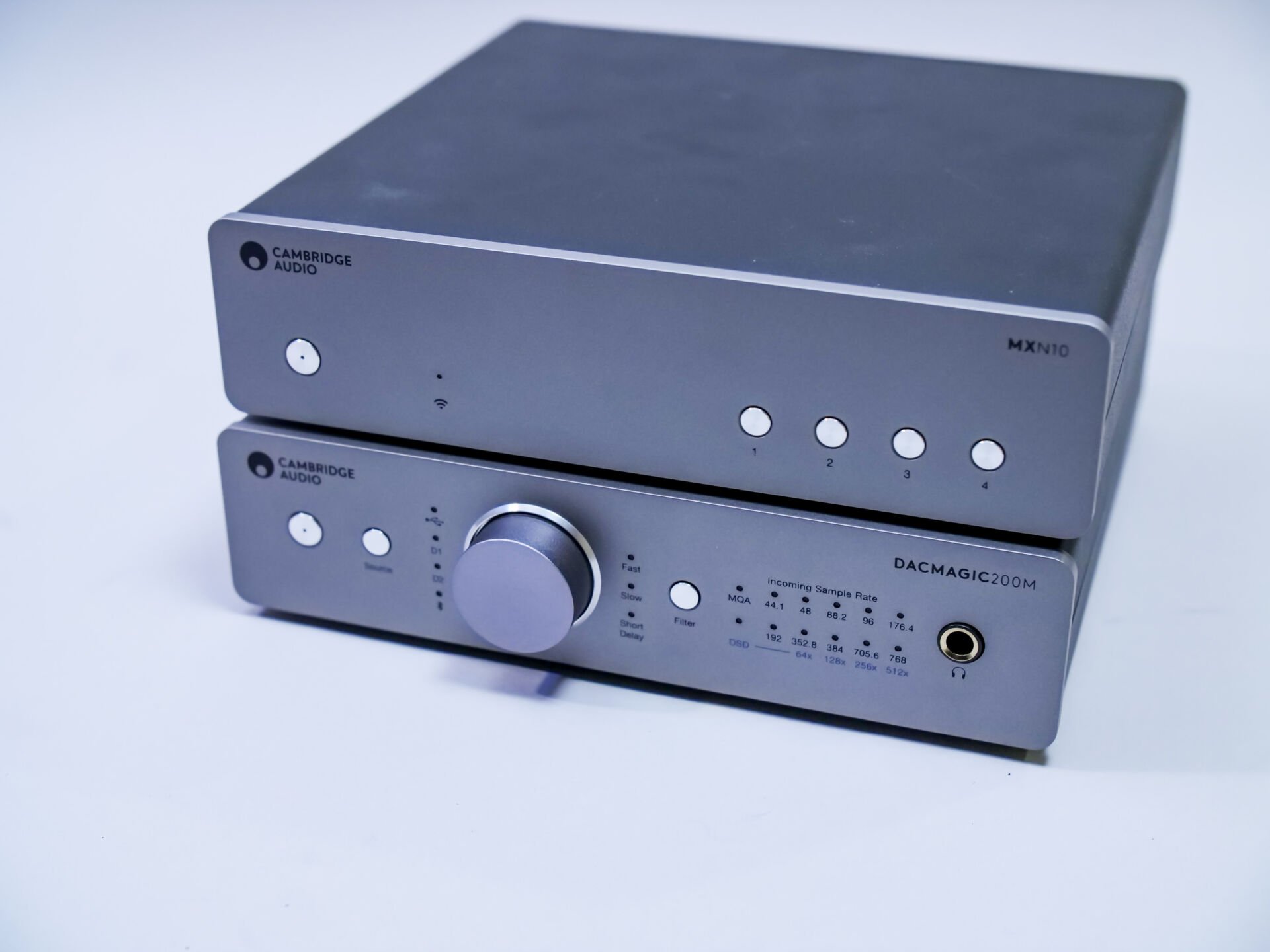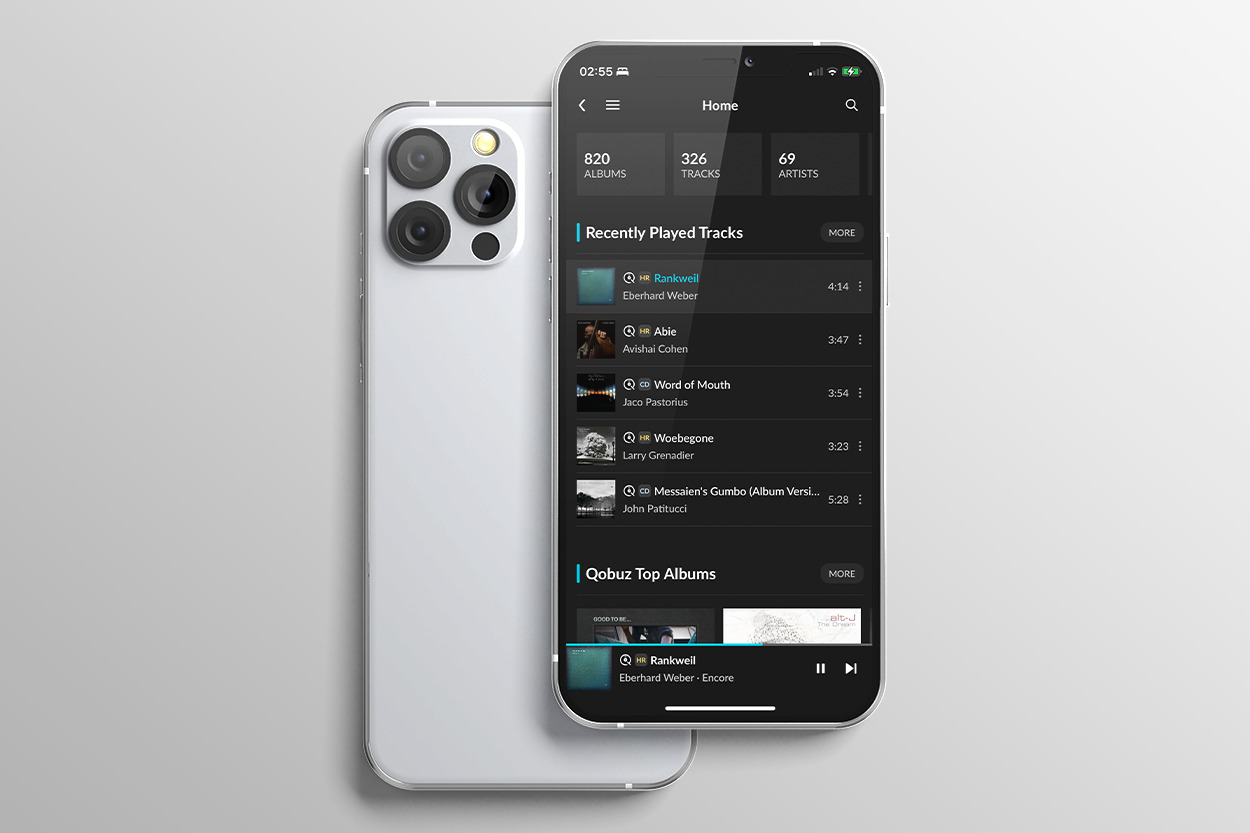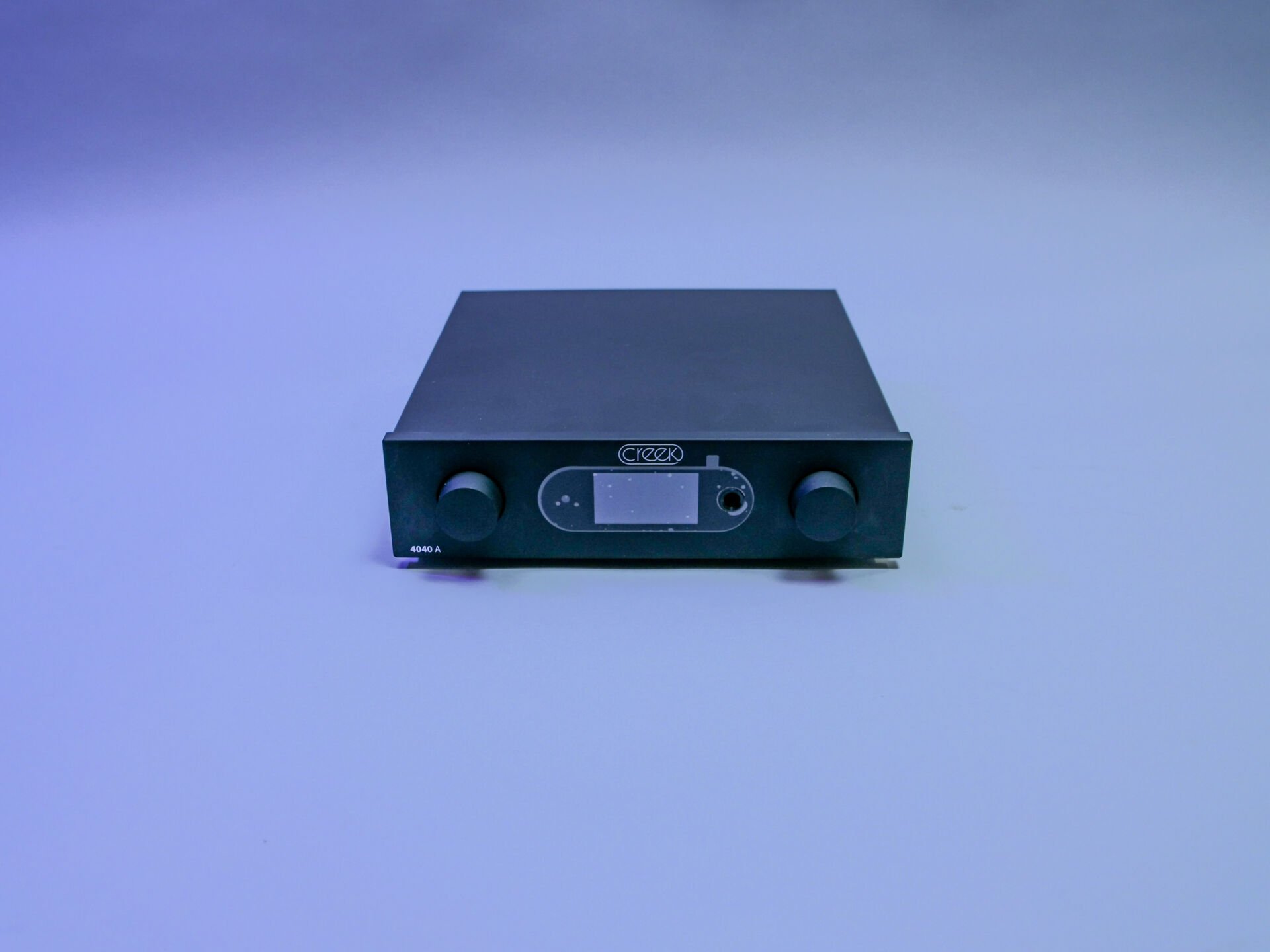

The EU, in all its wisdom, decided that it was a good idea to mandate USB-C as the standard for charging. However, it seems that problems are arising.
USB-C was seen by the EU as the “environmentally friendly” replacement for all other USB variants, especially Apple’s dreaded Lightning connector. One of the main reasons cited for the mandate was that it would reduce the number of chargers ending up in landfills. However, as we have previously mentioned, this argument is flawed (most chargers released over at leas the last 10…15 years have a USB-connector and thus are universal in use). As citizens, we have no choice but to accept the legislation since it will come into effect in 2024. However, it appears that a hitch has emerged, namely rapid wear and tear of USB-C connectors, which can quickly become an expensive issue.
The end of an iPad due to a faulty connector?
Last week, the USB-C connector of an iPad Pro here started behaving strangely. For instance, iPadOS would complain about moisture in the connector. However, the device was drier than the Sahara on a sunny summer day, so this was peculiar. A quick Google search revealed that this was a common issue. Sometimes, it was simply a matter of carefully removing any collected dirt from the connector with a toothpick. But in other cases, the problem proved to be more persistent and rarely had anything to do with actual moisture.
Wobbling
The “moisture warning” occurs when the expected transition resistance between the contacts in the USB-C connector is higher than expected. This can also happen due to dirt or, worse, wear and tear. Once the protective layer on a contact has worn off, things can quickly deteriorate, with corrosion becoming a significant factor. At the same time, we also noticed that the plug began to feel somewhat loose in the connector. A little wiggling sometimes resulted in intermittent contact.
Not designed for frequent plugging and unplugging
To make a long story short, the USB-C connector on the device turned out to be worn out. And that’s after just a little over a year and a half of normal use. Unfortunately, this is an experience that more and more people are sharing. Just search for “USB-C fragile” and you’ll find plenty of results. Now, this “fragility” is not really surprising. USB-C is primarily designed for semi-permanent connection of peripherals like external storage devices or a monitor. This is in contrast to Lightning, where frequent charging scenarios are fully integrated into the design. To be completely honest, from experience, it’s almost impossible to damage the Lightning connector even with extensive, prolonged use.
Wear and tear in the connector, not the plug
Sometimes, people make fun of Apple’s Lightning cables, which occasionally wear out. But strangely enough, this is actually the strength of the system. If a cable gets damaged or the contacts in a plug wear out, it’s annoying because you have to buy a new cable. However, the connector itself was (and still is) designed in such a way that it hardly ever wears out. And a cable is replaceable, whereas a connector in modern mobile devices (including laptops) can only be replaced with great difficulty and often at high cost. That’s a quite significant difference! What’s even more concerning with USB-C is that the wear and tear seem to mainly occur in the connector and not the plug.
More “defective” devices heading to the landfill
That the EU blindly chose USB-C as the standard is undoubtedly due to a lot of lobbying by the “wrong” people. However, in the long run, USB-C might turn out to be more polluting than the EU’s so-called “hated” Lightning. There is a significant chance that a device with a defective USB-C connector will end up in the scrap heap as a whole. This is much more polluting than a stack of adapter cables. Unfortunately, this scenario is not far-fetched because once a modern hermetically sealed smartphone, tablet, or notebook is no longer under warranty, repairing a faulty connector is often expensive and costs are disproportionate to the device’s residual value. This will only promote a throwaway culture.
Long live the extended warranty!
In the case of the iPad, fortunately, it was still covered by the extended warranty. But AppleCare+ is too expensive for many, so it is not always purchased. As a result, a faulty connector usually won’t be replaced free of charge after the standard one-year warranty expires. And we have encountered faulty USB-C connectors not only on the iPad but on various other devices as well. We will definitely pay more attention to this issue in the coming period!







